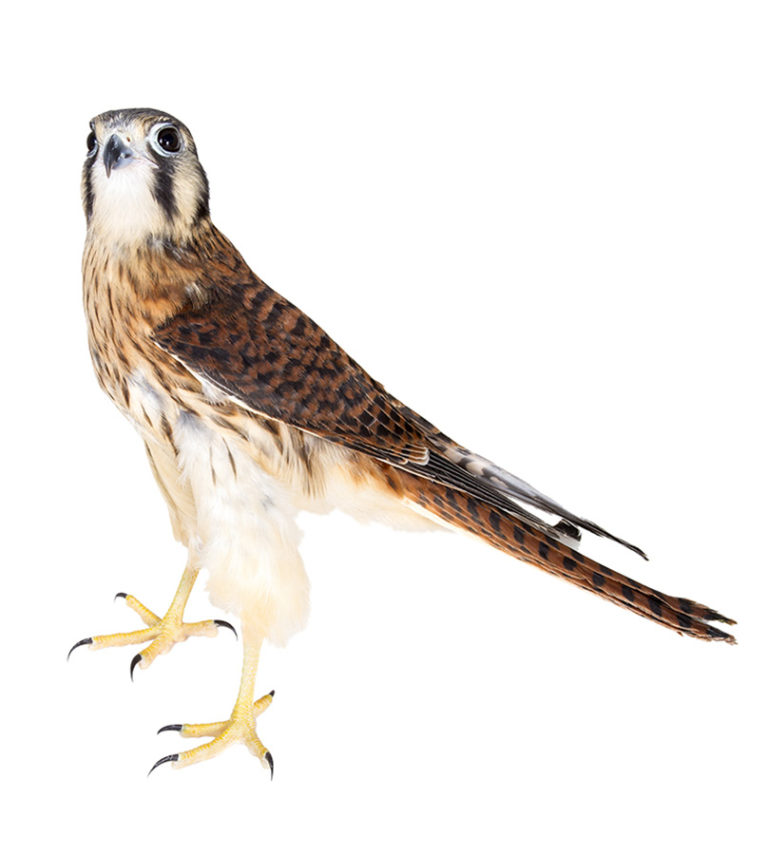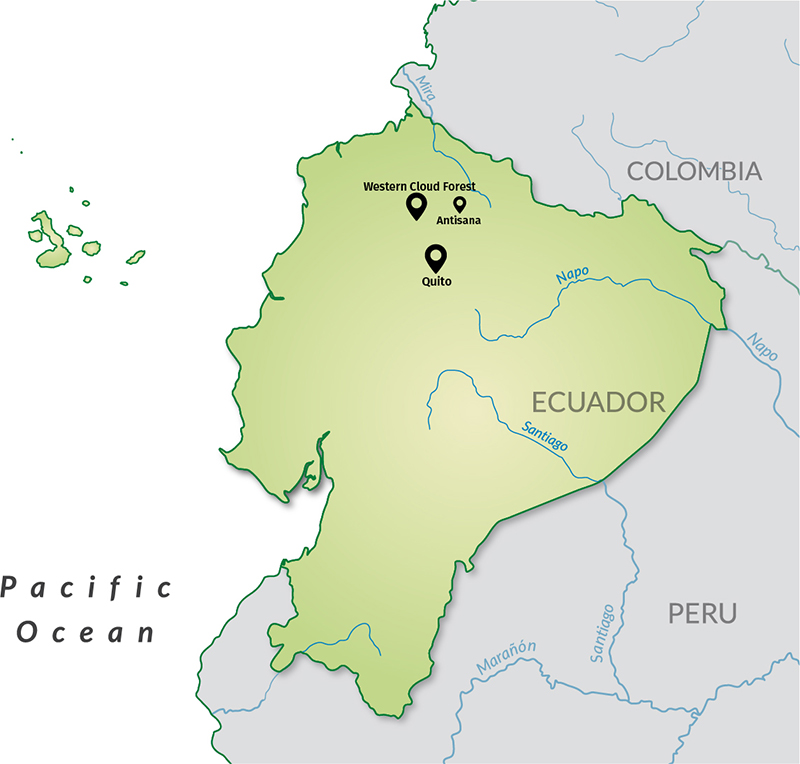About the Photo Tours
Thanks to its different ecosystems in a relatively small territory, Ecuador has more than 1600 species of birds, which makes it one of the best places in the world for sighting and photography of these charismatic feathered beings.
We have prepared bird photography daily tours where in a single day you can enjoy photographing more than 50 species of birds.
Choose one of our Ecuador daily photo tours and prepare your camera!

Date
10 -21 Marzo 2020
Activity level
Moderado
Available spaces
Moderado
About the route
Daniel Mideros
Born in Ecuador. Professional photographer graduated in Advertising Communication and Marketing at the Universidad San Francisco de Quito. From an early age he showed a fascination with nature, photography and outdoor activities.
In his professional life he has dedicated himself mainly to the field of ecotourism, linked to visual communication and sustainability. This has led him to tour majestic places and feel unique experiences; all this emotional, experiential energy prompted him to undertake his own project with the desire to share these places and adventures with more people.
Javier Zurita
Born in Ecuador, Javier graduated from Tourism and Conservation at the Technical Equinoctial University of Quito (UTE). He is a nature photographer, specialized in birds and high speed.
He currently works as an expert photographer guide, in addition to the adaptation of bird feeders and the development of photographic hiding places, commonly called “hide”.

Early in the morning we will embark on our trip to the high cloud forest area.
We will make our first stop in the parish of Nono, where we will seek, within a hide, to photograph the emblematic tororoi birds or ampitas, among which are the Chestnut-naped Antpitta (Grallaria nuchalis), Chestnut-crowned Antpitta (Grallaria ruficapilla) and Rufous Antpitta (Grallaria rufula); Then we will look to take pictures of the air dancers, the hummingbirds, among which we have: Buff-winged Starfrontlet (Coeligena lutetiae), Black-tailed Trainbearer (Lesbia victoriae), Sapphire-vented Puffleg (Eriocnemis luciani), Great Sapphirewing (Pterophanes cyanopterus), Collared Inca (Coeligena torquata), and the famous Sword-billed Hummingbird (Ensifera ensifera).
Once our photographs have been achieved, we will go to a site in search of the highland tanagers, we will look for the Scarlet-bellied Mountain Tanager (Anisognathus igniventris), Black-chested Mountain Tanager (Buthraupis eximia), Hooded Mountain Tanager (Buthraupis montana), the Andean Guan (Penelope montagnii), Rufous-naped Brush Finch (Atlapetes latinuchus), among others.
After lunch we will go down to the Nanegalito area, where we will stop at a site with a great diversity of hummingbirds; in this place you can take very nice photos of hummingbirds perched on branches, among which we have: the Booted racket-tail (Ocreatus underwoodii), Fawn-breasted Brillant (Heliodoxa rubinoides), Purple-throated Woodstar (Calliphlox mitchelli), among others. In addition, birds such as the Crimson-rumped Toucanet (Aulacorhynchus haematopygus), Red-headed Barbet (Eubucco bourcierii), orioles and several species of tanagers usually arrive.
Early in the morning we will embark on our trip to the Mindo area, Bosque Nublado. We will go to a hiding place or “hide”, where we will look to make images of the Masked Trogon (Trogon personatus), Plate-billed Mountain Toucan (Andigena laminirostris), Masked Flowerpiercer (Diglossa cyanea), several species of tanagers such as the Golden Tanager (Tangara arthus), Flame-faced Tanager (Tangara parzudakii), Black-capped Tanager (Tangara heinei), Blue-winged Mountain Tanager (Anisognatus somptuosus), Sickle-winged Guan (Chamaepetes goudtii), and other bird species.
In the afternoon, we will take high-speed photography; On this site you can find the Violet-tailed Sylph (Aglaiocercus coelestis), Booted racket-tail (Ocreatus underwoodii), Gorgeted Sunangel (Heliangelus strophianus), Empress Brillant (Heliodoxa imperatrix), among others.
We start the day from Quito to the Antisana Ecological Reserve.
Already in the heart of the park, our objective will be to photograph the Carunculated Caracara (Phalcoboenus carunculatus), nice raptors with colorful faces and mottled vest. Also the Bandurrias or Black-faced Ibis (Theristicus melanopis), very long-beaked birds that, unlike Caracara, are not as friendly to humans.
In this area is the Giant Hummingbird (Patagona gigas), the largest in the world! Also the Black-tailed Trainbearer (Lesbia victoriae), Sparkling Violetear (Colibrí coruscans), among others.
If we are lucky, we can see the Andean Condor (Vultur gryphus) flying over the valleys, and enjoy a landscape photography session.
Once the tour is finished, in the afternoon, we will embark back to the Ecuadorian capital, Quito.
In the Cloud Forest region we will have a mild climate and sometimes cold nights.
In the Andean region we are above 3000 m.a.s.l., so there may be cold currents. In this section of the trip it is important to wear warm and waterproof clothing.
For a better experience, it is important to know a couple of factors which will facilitate your stay in Ecuador:
If you’d like to take home a couple of souvenirs, we recommend bringing a little extra cash in order to acquire these at the different locations we will be staying at (Ecuador’s currency is the US dollar). Most places only take cash. We recommend bringing small bills or coins, as most places do not accepts bills larger than $20.
The tropical regions have a lot of mosquitos, so bringing mosquito repellent is very important.
Sunblock.
Hats.
Flashlight (a headlamp is preferable).
Bags to store wet clothes.
Water bottle.
As photographers, we know how difficult it is to decide how much equipment to take on trips, as we always want to take all of our equipment with us so that we can take advantage of our experiences. Here is a list of equipment we recommend bringing:
- Macro lens
- Wide angle lens
- Zoom lens, range 100-600
- Equipment protector for the rain
- Tripod
- Flash
- Batteries
- Battery chargers
- Cleaning equipment
- Plug adaptor
Lunch.
Expert photographer guide.
Private transfer.
Multi-flash.
Reserves fees.
International air tickets and airport taxes.
Additional nights.
Quito Hotel.
Alcoholic beverages, snacks and drinks that are not part of the meals.
Laundry service.
Personal expenses.
Tips.
Any other service not specified in the document.
Featured Sightings

Birds

